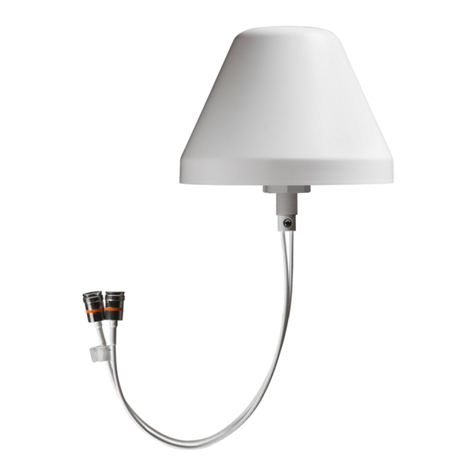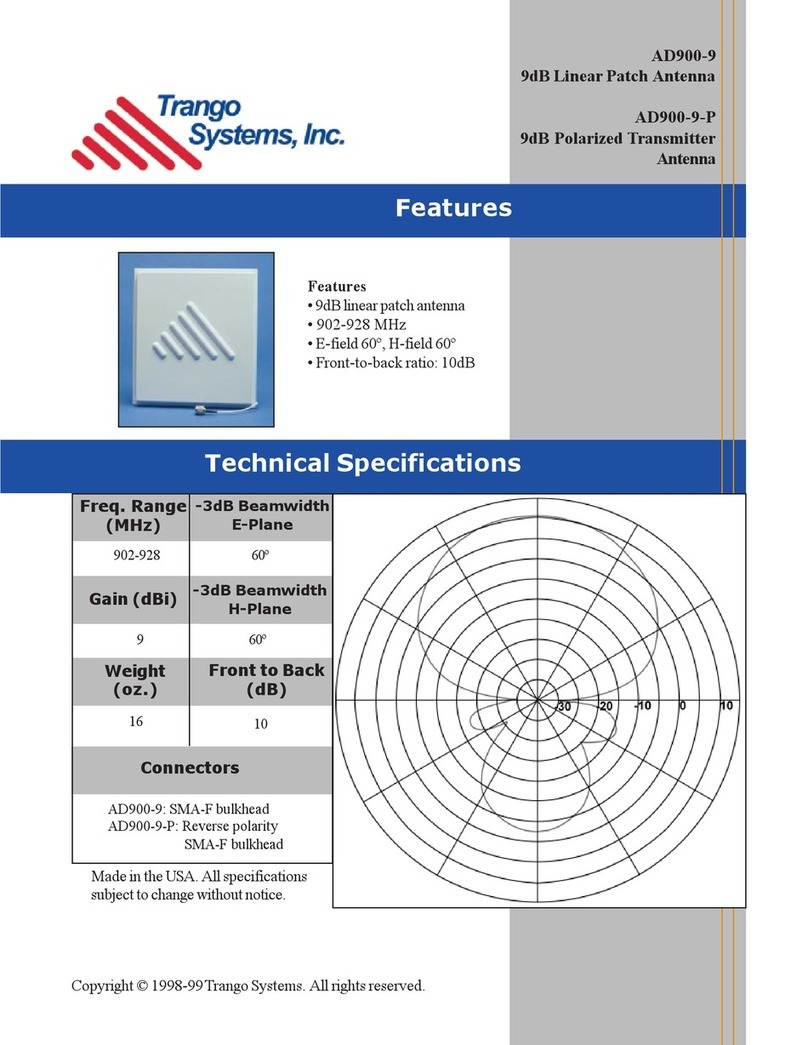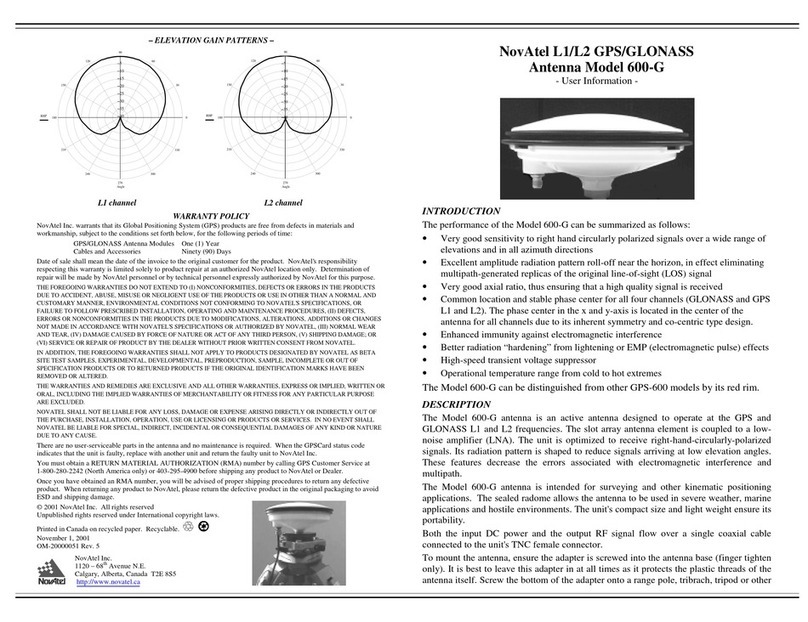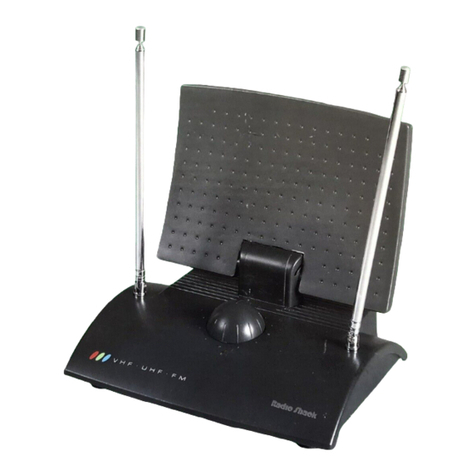6.
CONSUMABLE REQUIREMENTS
Standard Installation Consumables
NOTE:
Cable ties 300mm black / white /clear. ALL INSTALLATION ENGINEERS SHOULD HAVE
WF100 Cablecon 5.1 compression connector. ACCESS TO THE COMPLETE INSTALLATION
WF125 Cablecon 6.0 compression connector. CONSUMABLES LIST OPPOSITE TO ENSURE
Hi-grade multi use barrel F-F connector. ALL INSTALLATIONS CAN BE COMPLETED ON
Silicon Dielectric grease. THEIR SCHEDULED DATE.
Silicon based self
–
amalgamating tape.
RX and TX labels.
M8-M10 Rawl-bolts.
WD 40 or equivalent.
WF100 Twin-sat CAI approved foam dielectric.
Installation Consumables.
BRACKETS and FIXINGS. CABLE.
Standard
WF100 Twin-sat CAI approved foam dielectric.
Standard 60mm
L
bracket long. 55cm WF125 green direct burial CAI approved.
K+K
or
A
frame (Both to have support leg) Cat5e external grade 100 meter.
20cm / 8in. Cat5e 2 meter straight patch lead.
46cm / 18in. 4 gang surge protected mains extension.
55cm / 24in. Twin-sat 7 mm Grommet black / white.
60mm / 2meter or 3meter pole. 7 mm grommet black / white.
V
bolts for 60mm pole including washers. 10 mm grommet black / white. (WF125)
Universal Clamp. Cable clips 2 x 7mm masonry grade.
Non penetrating roof mount 60mm. Cable clips 9mm round masonry grade.
4 x 600mm x 600mm x 50mm flags. Cable clips 6-7mm round masonry grade.
M10 / 16mm Rawl-bolts. Pin plugs.
Rapid set postcrete. Brick plate terracotta.
DRILL BITS. Brick plate white.
16mm 200mm masonry External grade clear silicon.
16mm 600mm masonry Cable ties 300mm black / white /clear.
16mm 1000mm masonry CONNECTORS.
5.5mm 100mm masonry WF100 Cablecon 5.1 compression connector.
Grinder cutting disks. WF125 Cablecon 6.0 compression connector.
Hi-grade multi use barrel F-F connector.
Silicon Dielectric grease.
RJ 45 connectors.
Silicon based self
–
amalgamating tape.
Replacement Cable stripper blades.
RX and TX labels.




























